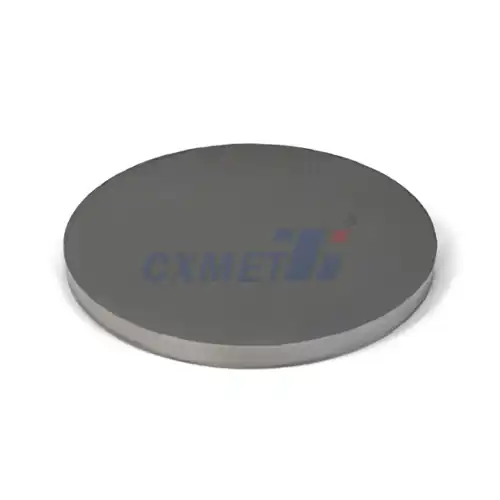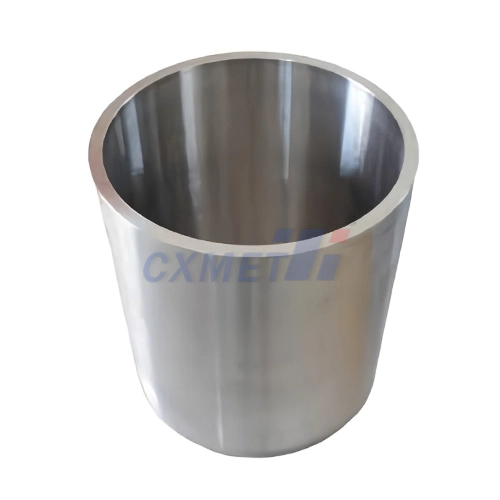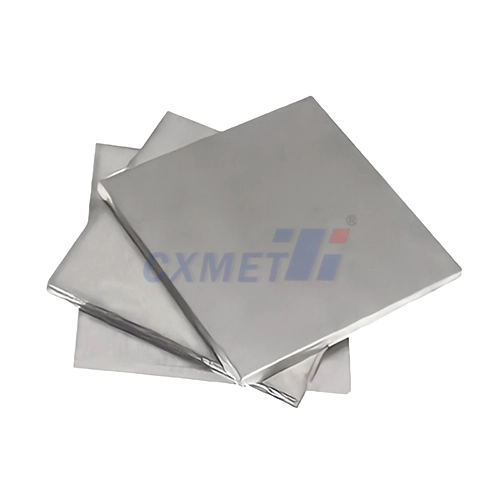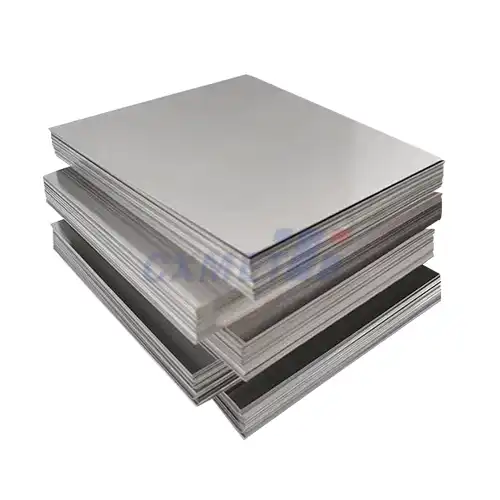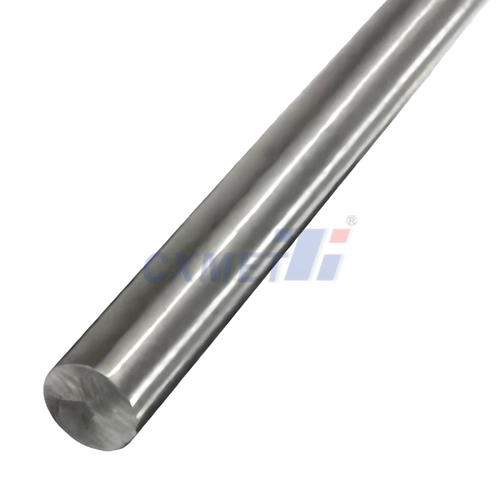- English
- French
- German
- Portuguese
- Spanish
- Russian
- Japanese
- Korean
- Arabic
- Greek
- German
- Turkish
- Italian
- Danish
- Romanian
- Indonesian
- Czech
- Afrikaans
- Swedish
- Polish
- Basque
- Catalan
- Esperanto
- Hindi
- Lao
- Albanian
- Amharic
- Armenian
- Azerbaijani
- Belarusian
- Bengali
- Bosnian
- Bulgarian
- Cebuano
- Chichewa
- Corsican
- Croatian
- Dutch
- Estonian
- Filipino
- Finnish
- Frisian
- Galician
- Georgian
- Gujarati
- Haitian
- Hausa
- Hawaiian
- Hebrew
- Hmong
- Hungarian
- Icelandic
- Igbo
- Javanese
- Kannada
- Kazakh
- Khmer
- Kurdish
- Kyrgyz
- Latin
- Latvian
- Lithuanian
- Luxembou..
- Macedonian
- Malagasy
- Malay
- Malayalam
- Maltese
- Maori
- Marathi
- Mongolian
- Burmese
- Nepali
- Norwegian
- Pashto
- Persian
- Punjabi
- Serbian
- Sesotho
- Sinhala
- Slovak
- Slovenian
- Somali
- Samoan
- Scots Gaelic
- Shona
- Sindhi
- Sundanese
- Swahili
- Tajik
- Tamil
- Telugu
- Thai
- Ukrainian
- Urdu
- Uzbek
- Vietnamese
- Welsh
- Xhosa
- Yiddish
- Yoruba
- Zulu
What are the Typical Uses for GR1 Titanium Tubes?
2024-09-09 15:13:21
Grade 1 (GR1) titanium tubes are a crucial component in various industries due to their exceptional properties. These tubes are known for their excellent corrosion resistance, high strength-to-weight ratio, and biocompatibility. As a result, GR1 titanium tubes find applications in aerospace, chemical processing, marine environments, and medical implants. Their versatility and durability make them an ideal choice for demanding environments where other materials might fail. In this blog post, we'll explore the manufacturing process, advantages in aerospace applications, and potential use in medical implants of GR1 titanium seamless tubes.
How are GR1 titanium seamless tubes manufactured?
The manufacturing process of GR1 titanium seamless tubes is a complex and precise operation that ensures the highest quality and performance of the final product. The process typically involves several stages, each contributing to the tube's seamless nature and superior properties.
1. Raw Material Preparation: The process begins with high-purity titanium sponge, which is compressed into dense blocks. These blocks are then melted in a vacuum or inert atmosphere to prevent contamination and ensure the material's purity.
2. Ingot Formation: The molten titanium is cast into large cylindrical ingots. These ingots are then subjected to various heat treatments and forging processes to improve their microstructure and mechanical properties.
3. Extrusion: The treated ingot is heated to a specific temperature and then forced through a die using high pressure. This process creates a hollow tube with a relatively large diameter and thick walls.
4. Pilgering: The extruded tube undergoes a cold-working process called pilgering. In this step, the tube is repeatedly passed through rotating dies that gradually reduce its diameter and wall thickness while increasing its length. This process enhances the tube's strength and ensures a consistent grain structure throughout.
5. Annealing: To relieve internal stresses created during the pilgering process, the tubes are subjected to annealing. This heat treatment process helps restore ductility and improve the overall mechanical properties of the material.
6. Cold Drawing: For final sizing and to achieve tighter tolerances, the tubes may undergo cold drawing. This process involves pulling the tube through a series of dies with progressively smaller diameters, further refining its dimensions and surface finish.
7. Surface Treatment: The tubes are then cleaned and pickled to remove any surface impurities or oxide layers. This step is crucial for ensuring the tube's corrosion resistance and preparing it for any subsequent treatments or coatings.
8. Quality Control: Throughout the manufacturing process, rigorous quality control measures are implemented. These include non-destructive testing methods such as ultrasonic testing, eddy current testing, and hydrostatic pressure testing to ensure the tubes meet the required specifications and are free from defects.
The manufacturing process of GR1 titanium seamless tubes is carefully controlled to maintain the material's purity and desired properties. The seamless nature of these tubes is particularly important as it eliminates potential weak points that could occur with welded tubes, making them ideal for high-pressure and high-stress applications.
One of the key advantages of this manufacturing process is the ability to produce tubes with extremely consistent properties throughout their length. This consistency is crucial in applications where predictable performance is essential, such as in aerospace or medical implants.
Furthermore, the cold-working processes involved in manufacturing GR1 titanium seamless tubes contribute to their excellent strength-to-weight ratio. This characteristic makes them particularly valuable in weight-sensitive applications, where every gram matters.
It's worth noting that the manufacturing process can be tailored to produce tubes with specific properties or dimensions to meet the requirements of different applications. This flexibility allows for the production of GR1 titanium seamless tubes that can be optimized for use in various industries, from chemical processing to marine environments.
What are the advantages of using GR1 titanium seamless tubes in aerospace applications?
The aerospace industry is known for its demanding requirements when it comes to materials. GR1 titanium seamless tubes have gained significant traction in this sector due to their unique combination of properties that make them ideal for various aerospace applications.
1. Exceptional Strength-to-Weight Ratio: One of the primary advantages of GR1 titanium seamless tubes in aerospace applications is their remarkable strength-to-weight ratio. Titanium is as strong as steel but approximately 45% lighter. This property is crucial in the aerospace industry, where every gram of weight saved translates to improved fuel efficiency and increased payload capacity. The use of GR1 titanium tubes allows engineers to design aircraft components that are both strong and lightweight, contributing to overall performance improvements.
2. Corrosion Resistance: Aerospace components are often exposed to harsh environmental conditions, including extreme temperatures, humidity, and corrosive substances. GR1 titanium seamless tubes exhibit excellent corrosion resistance, even in saltwater environments. This property ensures that critical aircraft systems remain intact and functional over extended periods, reducing maintenance requirements and enhancing safety.
3. High Temperature Performance: Titanium maintains its strength at elevated temperatures, making it suitable for use in engine components and other high-temperature areas of aircraft. GR1 titanium tubes can withstand temperatures up to 600°C (1112°F) without significant loss of strength, allowing for their use in applications where other materials might fail.
4. Fatigue Resistance: Aircraft components are subjected to repeated stress cycles during takeoff, flight, and landing. GR1 titanium seamless tubes demonstrate superior fatigue resistance compared to many other materials. This property ensures that critical components maintain their integrity over numerous flight cycles, enhancing the overall lifespan of the aircraft and reducing the need for frequent replacements.
5. Compatibility with Composite Materials: Modern aircraft design increasingly incorporates composite materials. Titanium's thermal expansion properties are similar to those of carbon fiber composites, making GR1 titanium tubes an excellent choice for interfaces between metallic and composite structures. This compatibility helps prevent stress concentrations and potential failure points in hybrid structures.
The advantages of using GR1 titanium seamless tubes in aerospace applications extend beyond their material properties. Their use enables innovative design solutions, improved performance, and enhanced safety in aircraft and spacecraft. As the aerospace industry continues to push the boundaries of technology and efficiency, the role of advanced materials like GR1 titanium tubes becomes increasingly important in meeting these challenges.
Can GR1 titanium seamless tubes be used in medical implants?
The use of GR1 titanium seamless tubes in medical implants is a topic of significant interest in the biomedical field. The unique properties of titanium, particularly its Grade 1 form, make it an excellent candidate for various medical applications. However, it's important to understand both the potential benefits and limitations of using GR1 titanium seamless tubes in medical implants.
Biocompatibility: One of the most crucial factors in selecting materials for medical implants is biocompatibility. GR1 titanium is known for its excellent biocompatibility, meaning it does not trigger adverse reactions when in contact with human tissue or bodily fluids. This property is due to the formation of a stable oxide layer on the titanium surface, which prevents corrosion and ion release into the body. The seamless nature of the tubes further enhances this property by eliminating potential weak points or contaminant traps that could occur in welded structures.
Osseointegration: Titanium, including GR1, has the unique ability to osseointegrate, which means it can form a strong bond with living bone tissue. This property is particularly valuable in orthopedic and dental implants, where a strong connection between the implant and the surrounding bone is crucial for long-term success. The surface of GR1 titanium tubes can be treated or coated to further enhance osseointegration, promoting faster healing and stronger attachment.
Corrosion Resistance: The human body is a highly corrosive environment, with various fluids and electrolytes that can degrade many materials over time. GR1 titanium's exceptional corrosion resistance makes it ideal for long-term implantation. The seamless nature of the tubes further enhances this property by eliminating potential crevices or joints where corrosion could initiate.
Strength and Flexibility: While GR1 titanium is the purest and softest grade of titanium, it still offers a good balance of strength and flexibility. This combination is important in many medical implant applications, where the implant needs to withstand certain loads while also having some degree of flexibility to mimic natural tissues. The seamless construction of the tubes contributes to their overall strength and reliability.
Non-magnetic Properties: GR1 titanium is non-magnetic, which is a significant advantage in medical implants. This property allows patients with titanium implants to safely undergo magnetic resonance imaging (MRI) scans without the risk of the implant moving or heating up during the procedure.
Low Modulus of Elasticity: Compared to other metals used in medical implants, such as stainless steel or cobalt-chrome alloys, titanium has a lower modulus of elasticity. This means it's less rigid and more closely matches the elasticity of bone, reducing the risk of stress shielding, a phenomenon where the implant takes on too much of the load-bearing responsibility, potentially leading to bone resorption.
Fatigue Resistance: Medical implants, especially those used in joints or high-stress areas, must withstand repeated loading cycles without failure. GR1 titanium seamless tubes offer good fatigue resistance, ensuring the longevity of the implant under normal physiological conditions.
However, it's important to note that while GR1 titanium has many advantageous properties, it may not be the ideal choice for all medical implant applications:
Strength Limitations: For high-load-bearing applications, such as hip or knee replacements, stronger titanium alloys (like Ti-6Al-4V) are often preferred over pure GR1 titanium due to their superior strength.
Surface Modifications: In many cases, the surface of titanium implants needs to be modified to enhance certain properties. For example, increasing surface roughness can improve osseointegration. These modifications may be more challenging to apply uniformly to the interior of seamless tubes compared to flat surfaces or external tube surfaces.
Size and Shape Constraints: The seamless tube form may limit the potential applications in medical implants. Many implants require complex shapes or internal structures that may be difficult to achieve with seamless tubes alone.
Regulatory Considerations: The use of any material in medical implants is subject to strict regulatory oversight. While titanium is generally well-accepted, specific applications of GR1 titanium seamless tubes would need to undergo rigorous testing and approval processes before clinical use.
In conclusion, GR1 titanium seamless tubes have significant potential for use in certain medical implant applications, particularly where their unique combination of biocompatibility, corrosion resistance, and mechanical properties is advantageous. However, their use must be carefully considered in the context of specific implant requirements, and they may often be used as components of more complex implant designs rather than as standalone structures. As biomedical engineering continues to advance, we may see innovative applications of GR1 titanium seamless tubes in medical implants, possibly in combination with other materials or surface treatments to optimize their performance in the human body.
At SHAANXI CXMET TECHNOLOGY CO., LTD, we take pride in our extensive product range, which caters to diverse customer needs. Our company is equipped with outstanding production and processing capabilities, ensuring the high quality and precision of our products. We are committed to innovation and continuously strive to develop new products, keeping us at the forefront of our industry. With leading technological development capabilities, we are able to adapt and evolve in a rapidly changing market. Furthermore, we offer customized solutions to meet the specific requirements of our clients. If you are interested in our products or wish to learn more about the intricate details of our offerings, please do not hesitate to contact us at sales@cxmet.com. Our team is always ready to assist you.
References
1. ASTM International. (2021). ASTM B338-21 Standard Specification for Seamless and Welded Titanium and Titanium Alloy Tubes for Condensers and Heat Exchangers.
2. Lutjering, G., & Williams, J. C. (2007). Titanium (2nd ed.). Springer-Verlag Berlin Heidelberg.
3. Boyer, R., Welsch, G., & Collings, E. W. (1994). Materials Properties Handbook: Titanium Alloys. ASM International.
4. Rack, H. J., & Qazi, J. I. (2006). Titanium alloys for biomedical applications. Materials Science and Engineering: C, 26(8), 1269-1277.
5. Peters, M., Kumpfert, J., Ward, C. H., & Leyens, C. (2003). Titanium alloys for aerospace applications. Advanced Engineering Materials, 5(6), 419-427.
6. Niinomi, M. (2008). Mechanical biocompatibilities of titanium alloys for biomedical applications. Journal of the Mechanical Behavior of Biomedical Materials, 1(1), 30-42.
7. Banerjee, D., & Williams, J. C. (2013). Perspectives on titanium science and technology. Acta Materialia, 61(3), 844-879.
8. Elias, C. N., Lima, J. H. C., Valiev, R., & Meyers, M. A. (2008). Biomedical applications of titanium and its alloys. JOM, 60(3), 46-49.
9. Donachie, M. J. (2000). Titanium: A Technical Guide (2nd ed.). ASM International.
10. Yamada, M. (2013). An overview on the development of titanium alloys for non-aerospace application in Japan. Materials Science and Engineering: A, 213(1-2), 8-15.
